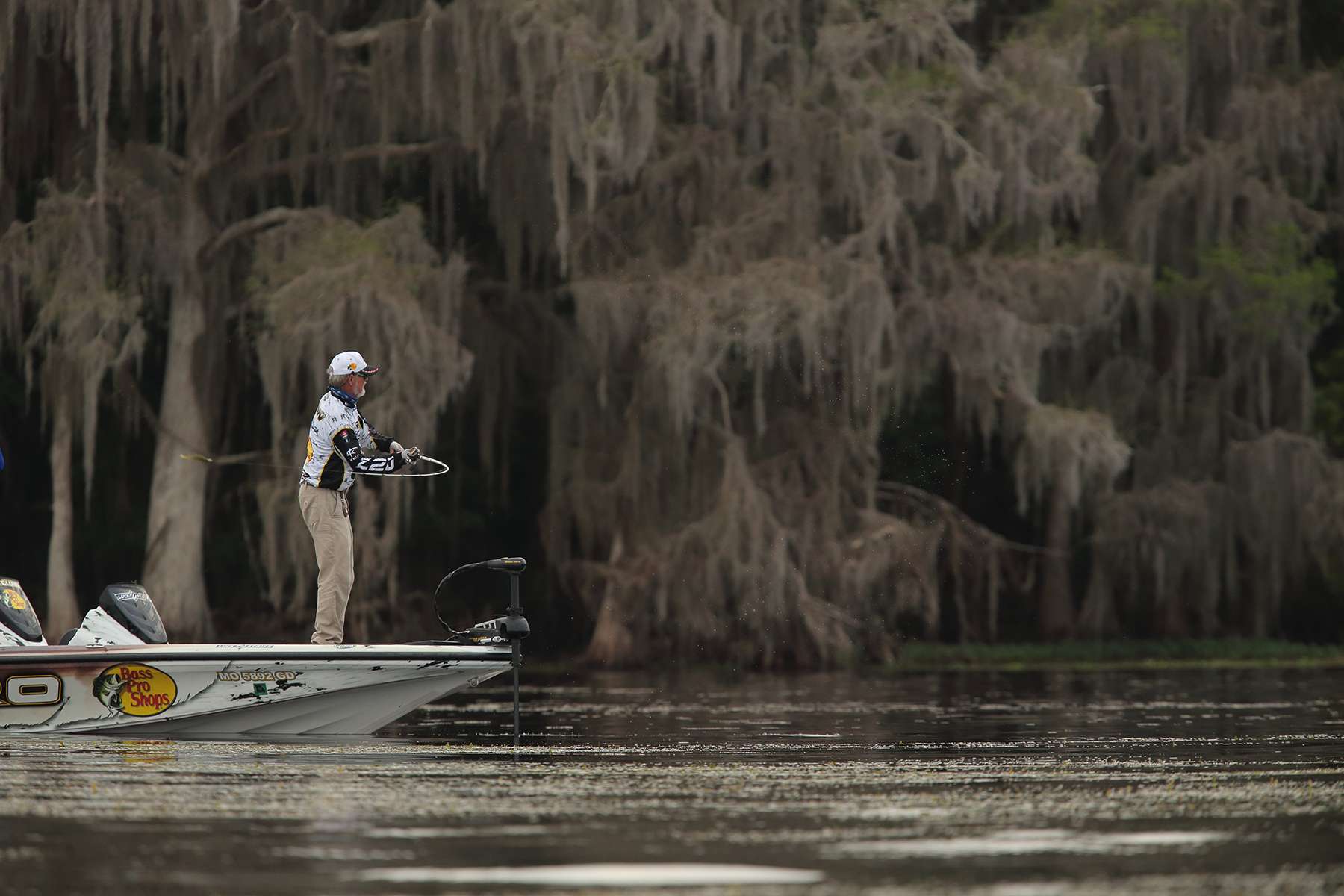
Aquatic plant management is a hot topic across the country. From Florida to North Carolina, from Texas to Minnesota, controlling invasive plants is a subject where bass anglers often find themselves at odds with other lake users and sometimes with the lake managers tasked with maintaining healthy fisheries.
Our goal at B.A.S.S. is to provide information that our members can take to the table when they are discussing plant management issues with lake authorities. In recent years, the science of “human dimensions” has evolved into a powerful tool that incorporates the wants and needs of stakeholders into management strategies. A tool that anglers need in their toolbox. The following is an article submitted by a fishery biologist who now specializes in utilizing human dimensions information in crafting lake management plans.
– Gene Gilliland, B.A.S.S. Conservation Director
by Dr. Vic DiCenzo, Solitude Lake Management
Fisheries biologists consider aquatic plants to be an important component for healthy aquatic ecosystems. Aquatic plants serve a variety of functions including production of oxygen, recycling nutrients, reducing turbidity and providing food, spawning substrate and habitat for invertebrates and fish. However, while anglers and hunters favor an abundance of aquatic plants in reservoirs, many lake users prefer little to no vegetation. These differences challenge reservoir managers when developing management plans.
A survey of 1,299 reservoirs in the U.S. identified excessive plant coverage was a management concern in only 10 percent of the reservoirs surveyed, and not enough plant coverage was a concern in more than 25 percent.
How much aquatic vegetation should be in the lake? It depends on which stakeholder you ask. On U.S. reservoirs, stakeholders include anglers, hunters, boaters, swimmers, homeowners, commercial interests, wildlife watchers, state and federal agencies, real estate agents, just to name a few. Each of these groups likely has a unique tolerance for aquatic vegetation and reservoir managers must face the challenge of recognizing those differences.
How do decision makers manage aquatic plants for different stakeholder values? Is there a level of plant coverage acceptable to all stakeholders? How do invasive species affect management options? What does a successful aquatic plant management plan look like?
How should aquatic plants be managed? First, we believe that decision makers must consider all stakeholders to better understand the breadth of preferences, attitudes and opinions that exist. More importantly, stakeholders should be actively involved in developing aquatic plant management plans.
Why should decision makers involve stakeholders? First, there is an inherent value in involving the public in decisions that affect them. Second, stakeholders may have unique contributions that could help inform decisions. Third, involved citizens are more likely to support decisions and facilitate implementation. Finally, research suggests that active stakeholder involvement has genuine influence on decisions and promotes two-way communication and learning.
How can decision makers involve stakeholders? Traditionally, agencies held public hearings to inform the public on potential management actions and receive input. More recently, agencies maintain online comment periods that allow stakeholders to have a voice in potential management strategies. However, do these approaches truly involve the public or do they represent one-way communication? Are stakeholders adequately represented?
Managers require information on stakeholders’ attitudes, opinions, preferences and values to make better decisions. This discipline is referred to as human dimensions. Human dimensions is the challenge of understanding and clarifying stakeholders’ perspectives on natural resource management programs and issues and systematically incorporating such insight into decision making. A variety of techniques offer managers an opportunity to include stakeholders in aquatic vegetation and better understand their values prior to implementation of management plans. These techniques include surveys, focus groups, workshops, open house meetings and advisory committees.
The use of stakeholder advisory committees represents an approach that is an excellent technique for actively involving key interests in resolving important issues. This approach has proven successful with aquatic plant management at Lake Guntersville and Lake Gaston and should be used more frequently so that all interests are represented.
The inclusion of human dimensions information is often necessary because conflict or disagreement exists in how aquatic plants should be managed. Including human dimensions opens up a variety of social science tools, human behavioral understandings and public involvement processes that yield better information for decision making and hopefully more broadly accepted management decisions. Management cannot simply focus on ecological approaches when social conflicts arise.




